The Melanin Base Camp Guide to Outdoor Allyship
Photo credit: Shalom Mwenesi
Do you ever read about racism in the outdoors and think, ‘well, that can’t be right, nature doesn’t see color’? Or maybe you’ve listened to someone recount their experience of discrimination at a national park, while waiting impatiently for a chance to interject and explain how they were wrong, and that didn’t actually happen. If this describes you, then you probably shouldn’t read any further. Start with “White Fragility: Why It’s So Hard to Talk to White People About Racism” by Dr. Robin DiAngelo instead. Your privilege is high, your self-awareness is low and you are not the ally your friends need you to be. In fact, your actions are closer to dumpster-fire-avoid-at-all-costs.
But if that description is someone you’d rather not grab a beer (or non-alcoholic beverage) with, then keep scrolling, and let’s talk about privilege.
Privilege
Photo of the author at Harper’s Ferry National Park on Haudenosauneega (Longhouse Confederacy) ancestral land. Photo courtesy of Danielle Williams
So what does privilege have to do with the outdoors? A lot actually. Nature is inhabited by people who reflect the same biases you see everywhere else in society. Although it’s tempting to view the outdoors as a transcendent experience that will smooth over unpleasant topics like police brutality, racism, or government sanctioned abuse of migrant children, that’s more wishful thinking than reality. Forest bathing doesn't wash away bigotry. John Muir quotes do nothing to resolve racial inequality.
Privilege is hard to see. In fact, the more you have it, the less likely you are to be aware that it exists. Just know that if you are an able bodied, gender conforming, white person, you benefit from multiple forms of discrimination—even if you don’t want to; even if your intentions are good; even if you try your best to avoid making racist comments.
Privilege sounds like the insistence that you don’t see race or the belief that you can be queer without ‘getting all political.’ It looks like the ability to compartmentalize or ‘shut up and climb’ because you have no skin in the game. Curious about why people keep telling you that you have white privilege? Check out an excerpt from Peggy McIntosh’s essay on the subject, “White Privilege: Unpacking the Invisible Knapsack.”
Is it possible to use your white privilege for good? Short answer is yes. If you are white and male you can use your privilege to speak up without fear of harassment in spaces where people of color—especially womxn of color are attacked or ignored. You absolutely do have a role to play in dismantling systems which deliberately silence and disenfranchise people of color, gender non-conforming folks, people with disabilities etc. And there’s no better place to start than yourself.
Self-Awareness
1. We experience the outdoors differently
Photo credit: Miguelangel Lugo
When you pass others on the trail do they smile, meet your eye or greet you? Don’t assume this is a universal experience—it isn’t. While many of us enjoy spending time in nature, it often comes at a price, such as stares and unwanted comments about our skin color, queerness, weight or perceived ability. Sometimes the cost comes in the form of hostile interactions, racial slurs and traffic stops.
This was certainly true for a black couple scouting for picnic locations in Starkville, Mississippi, where a white Kampgrounds of America employee pulled a gun on them. It was also true for the black attorney pushing his son in a stroller at a Washington DC park who was flagged by police after a white woman reported a “suspicious man walking the bike path with a baby.”
It’s hard to be enthralled by nature when you’re worried about your physical safety amongst crowds of white people who view your dark skin as a threat. Know that your positive experience at the crag or lake or Burning Man is not universal. Anti-blackness in particular means your black friends and colleagues may not always feel safe in the outdoors.
2. Allies are aware of their own prejudice
That’s why step two is to examine your own implicit biases. Increasing your awareness of your own prejudice is an important part of allyship. So is accepting the fact that whiteness insulates you from race based stress and systemic racism.
Do you prefer activities where other white people lead or take up the most space? Do you feel uncomfortable or less safe when your guide is a black woman? Or when you have to remember to use they/them pronouns? Do you lock your car door when you unexpectedly see black people at the trailhead? Do you feel irritation when a language other than English is spoken? Or when your favorite waterfall from childhood is suddenly packed with selfie taking urban hikers? Do you feel annoyed when the switchbacks are crowded with multigenerational families wearing inexpensive sandals instead of $200 hiking shoes and eating samosas instead of protein bars?
What about your online habits? Do you refuse to geotag outdoor pics while demanding that new hikers—who are disproportionately Black, Indigenous and People of Color (BIPOC)—contribute sweat equity and find it themselves? Do you really want hikers to be safe, well prepared and well informed or do you feel a strong sense of personal ownership over public lands that you do not own and that your ancestors did not steward over millennia? Do you feel uncomfortable having this conversation—even with just yourself? Talking about privilege and prejudice can definitely be discomforting. But if your instinct is to silence conversations about race, ignore it.
3. It’s okay to talk about race
Photo credit: Holly Mandarich
White privilege means you probably didn’t grow up talking about race. Maybe you were even taught that the mere acknowledgment of race was umm, racist, right? Even though you’re now an adult, you sometimes still hide behind statements like “I don’t see color” or “nature is colorblind.” The end result is that you benefit from racism (and ableism) while also silencing people of color who try to talk about discrimination. If a lifetime of misinformed ideas about race have stunted your empathy, know that you’re not alone.
Do you struggle to understand why your black and brown colleagues are uncomfortable around MAGA hats, Confederate flags, and white people who stare at them when they wear their own natural hair or speak their own heritage language? We’re also being a little dramatic when we talk about triggers or the need for safe spaces, right?
Do you feel annoyed at our ‘political posts’ and “overly emotional” responses on social media to kids in cages, the targeting of reproductive rights or the murders of black trans women? Maybe you like Beyoncé or Mexican food. Obviously, that doesn’t mean you have to get upset when black and brown people are systematically targeted and discriminated against, right? It’s not like we’re family or anything. Or maybe you do have close friends or family who identify as Black, Indigenous and People of Color (BIPOC). In that case, there’s something else you should know. Proximity to people of color doesn’t make you anti-racist.
4. Proximity to people of color doesn’t make you an ally
Don’t use your partner, friends, kids or relatives to demonstrate that you are not racist. We love you, but we are not human shields protecting you from accountability or self-awareness. Proximity to people of color doesn’t mean that you don’t say or do racist things. More importantly, it’s important to understand that racism is a system of power that confers unearned advantages to white people based solely on the color of their skin while disenfranchising, criminalizing and dehumanizing Black, Indigenous and People of Color (BIPOC). There’s no way to individually opt out without dismantling the entire system. If someone is bringing a problematic statement or behavior to your attention, do some self reflection before you deflect with my employee/childhood friend/partner or child is black, therefore I can’t be racist.
5. Sometimes it’s hard for us to talk to you about racism
Are you a white, gender conforming, heterosexual male? If you have friends who are of a different ethnicity, race or gender identity it’s highly possible that their experience in the outdoors may not mirror yours.
It’s also possible that if you ask them if they’ve ever been discriminated against, their answer might still be no. Why is that? Are we purposefully misleading you?
Even though our competence and presence are more likely to be questioned than yours; even though we are less likely to see people who look like us in our shared outdoor activity; even though our mistakes are more likely to be misattributed to our race or gender we—your friends and loved ones who identify as people of color (POC)—may not want to talk to you about racism. Yep, it’s complicated.
Photo credit: Tommy Lisbin
Why wouldn’t your good friends and loved ones be 100% honest with you? Sometimes the decision is a subconscious one. As we move through the world, people of color often adjust our behavior, code switch our language, to keep white people comfortable.
I do this all the time without thinking: I switch to my telephone voice, add ma’am/sir and drop black colloquial expressions; I change my inflection and, most importantly, I smile so white people don’t perceive me as threatening. This has never been more true than while hiking alone in state and national parks where I am often the only black face I see. I even move off the path to let white people pass. But we’re not always codeswitching to keep you comfortable!
Sometimes we just aren’t self aware or we have other forms of privilege that protect us from the worst expressions of racism.
And sometimes we consciously choose not to. It’s possible that you are not (yet) ready for a discussion on race and privilege. Your knee-jerk response is still #notallwhitepeople. Or you want to ‘love and light’ racism away without acknowledging that it exists or that you benefit from it. Even though you know the definition of racism, you still cling to the idea that being a nice person is enough. So you gaslight and tone police our responses to racism, and we eventually stop sharing.
Okay so you’re not the ally you thought you were, but you’re still reading which means you care about getting this right. Here are a few steps you can take to finetune your allyship.
Choose Action over Inaction
Choose action over inaction. Not to diminish your ‘good vibes,’ ‘thoughts and prayers’ or ‘love and light’ but if you have the opportunity to speak up or act in a way that directly confronts racism, sexism, transphobia, ableism, do that. So how do you know what action to take?
6. Start with your local community
Photo credit: Priscilla Du Preez
It’s easy to feel overwhelmed by news headlines, about global warming, migrant children being forcibly separated from their parents at the border, missing and murdered indigenous women, or, say, hikers littering at your local trailhead. It’s easy to feel sad or exhausted by current events.
One way to avoid burnout is to get connected with like minded folks in your local community who care about BIPOC and LGBTQ2+ lives as much as they care about eliminating single use plastics. There’s probably a group in your area where you can decompress in nature, promote conservation and show up (as an ally) for black lives. Check out DiversifyOutdoors.com to find a group in your area or do a Google search and ask around.
7. Support affinity spaces
Some outdoor affinity groups are designed to be safe spaces for a particular marginalized community. That’s okay. Just like how veterans need their own groups, sometimes outdoorsy people of color (POC) need POC specific communities. There are definitely individuals who feel incredibly threatened by affinity spaces, but you shouldn’t be. Whiteness is centered in almost every “positive” or “neutral” aspect of our society. It’s okay to cede a few community groups where people of color can feel seen, heard and celebrated.
Even if a particular space is not intended for you, often, there are still ways for you to help by donating money or gently used gear and volunteering time and expertise to build a website, edit a video, or write digital copy. You can also offer mentorship, introduce an editor or industry contact or signal boost online articles. Another way to get involved is to send a brief e-mail offering a specific skill. This is actually a breath of fresh air for many outdoor affinity groups who receive a constant stream of emails demanding that they work for free.
Photo credit: Tommy Lisbin
8. If you mess up, own it
You’re going to make mistakes. Own your mistakes, look for lessons learned and move on. Sometimes moving on takes time. Sometimes it requires you to regain a friend’s trust, and sometimes it means regaining an organization’s trust or even passing the torch. Sometimes moving on means learning how to take up less space or decentering your own experience as a white person.
9. Take on a supporting role
Another good exercise is to be aware of how much space white people take up in a given organization. If you look at authority figures in the U.S. they are typically depicted as white cisgender and male. The non-profit space where 87 percent of executive directors are white is no exception to the standard of whiteness—even in organizations that do philanthropic work within non-white communities.
Consider the outdoor non-profit or conservancy where you volunteer: is the leadership all white or mostly white? Are the board members all white or mostly white? Does the organization partner with subject matter experts and grassroots leaders who identify as people of color (POC)? Are the ideas/contributions of POC within the organization valued? Think of the last few POC who left your organization: was the phrase “just not a good fit” used at the time? When you interact with POC are they mostly under the age of 18?
It can be difficult to decenter yourself—especially when society has always reinforced that people who look like you should be in charge—even in areas where you lack grassroots knowledge or the trust of community members. What if you subverted that notion? Instead of leading what would it look like to take on a supporting role?
10. Signal boost & pass the mike
In a recent interview with Melanin Base Camp, nonbinary activist Bam Mendiola spoke about the importance of amplifying, and listening to people with intersectional identities who experience multiple forms of oppression. Why? Because we see the world through multiple lenses. We are fluent in whiteness even if you’re not fluent in our culture, language, gender identity or lived experiences. It seems pretty obvious but it’s important to recognize that people with marginalized identities have valuable contributions to make to outdoor recreation and conservation.
One way to support POC outdoor leadership is to highlight the work of people who don’t look like you including athletes, activists, filmmakers, small business owners and creatives. Use your racial privilege and the access you have within outdoor organizations to support those with less privilege and fewer resources.
Lastly, know that sometimes it’s appropriate to help tell a marginalized person’s story, and sometimes it’s not. Sarah Shimazaki, the creator of the Outside Voices podcast talks about ethical storytelling and how telling someone else’s story requires time, permission and relationship building for that to occur.
Thanks for reading our Official Guide to Outdoor Allyship! To read more about race and the outdoors check out the articles below:

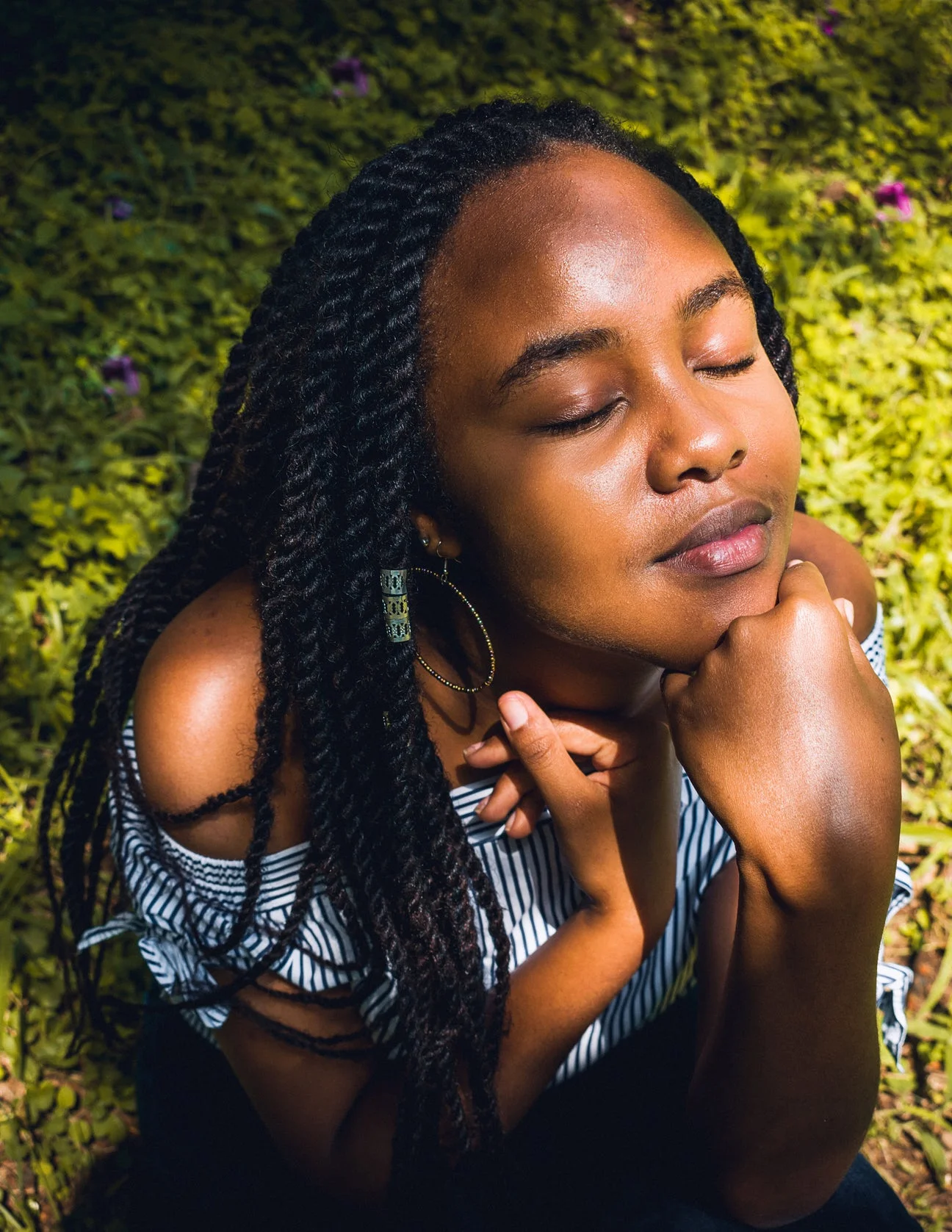
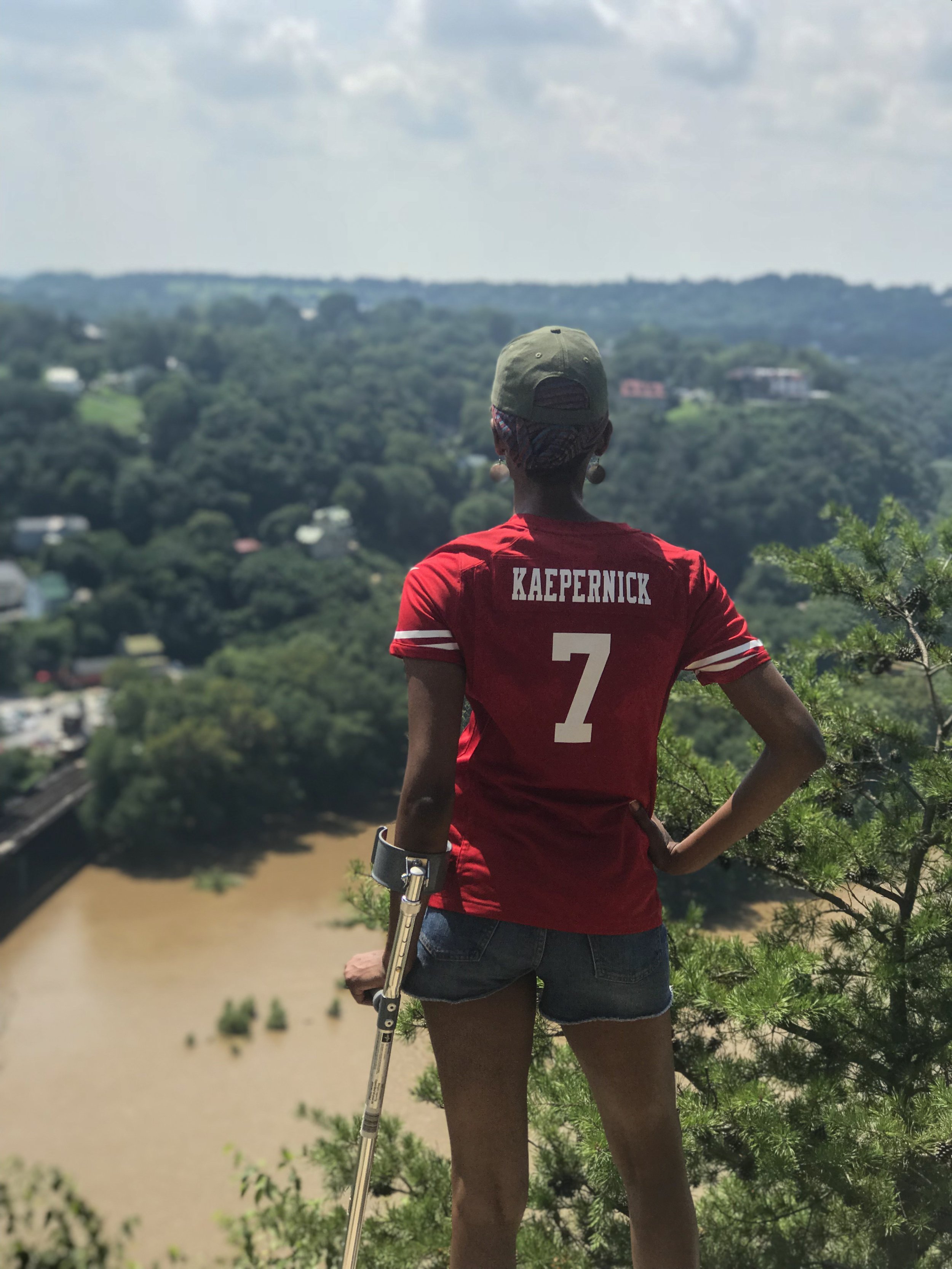
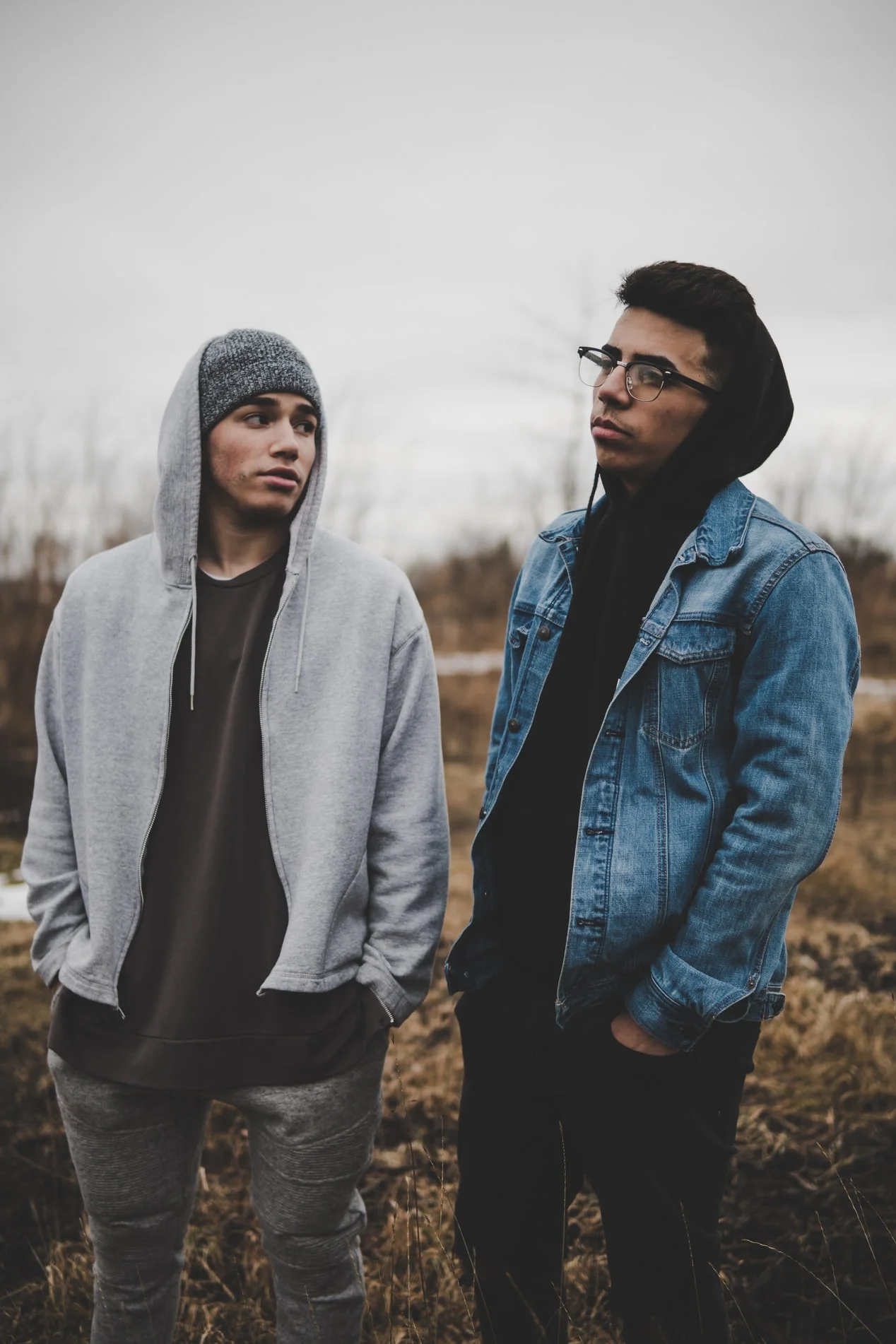
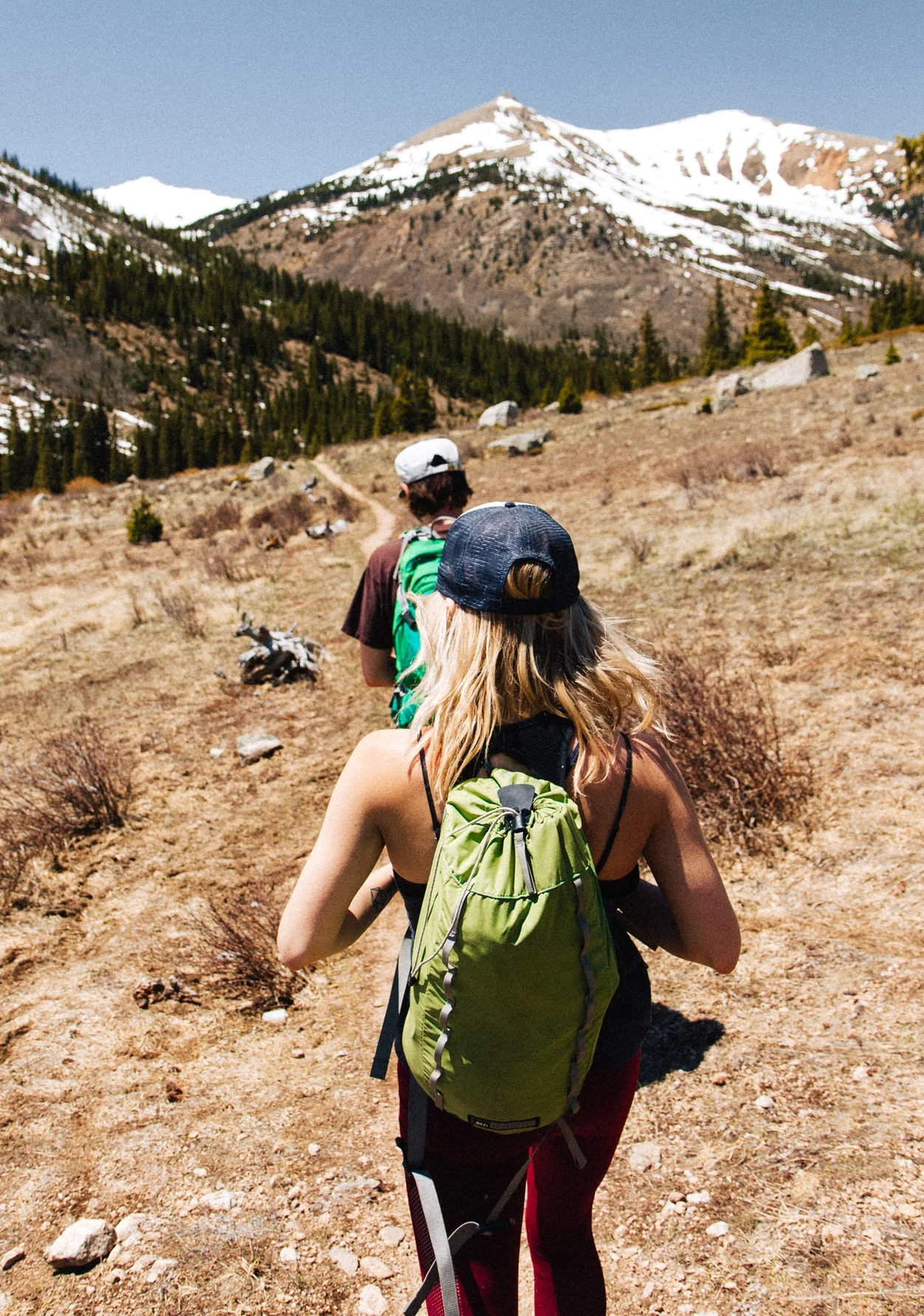
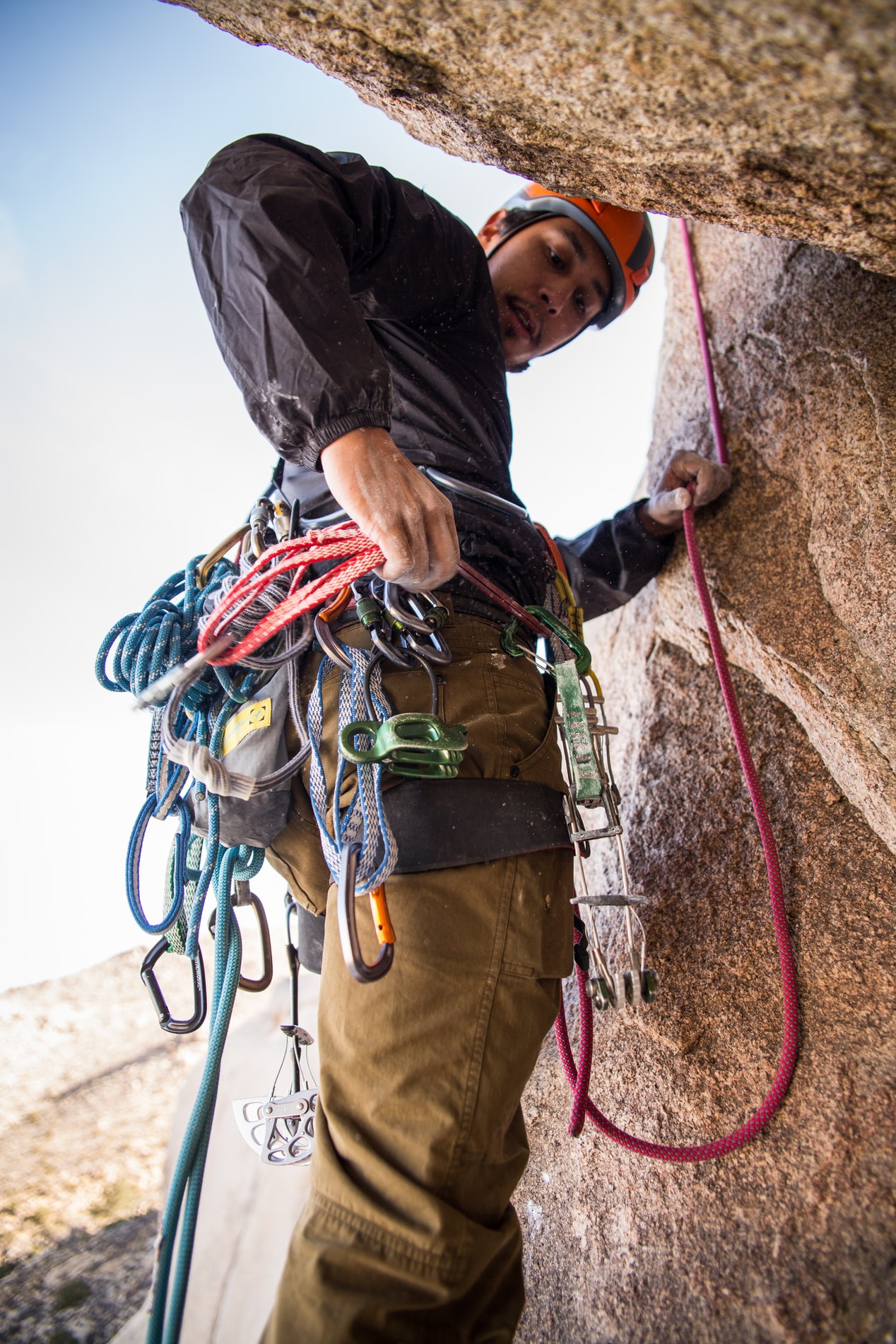
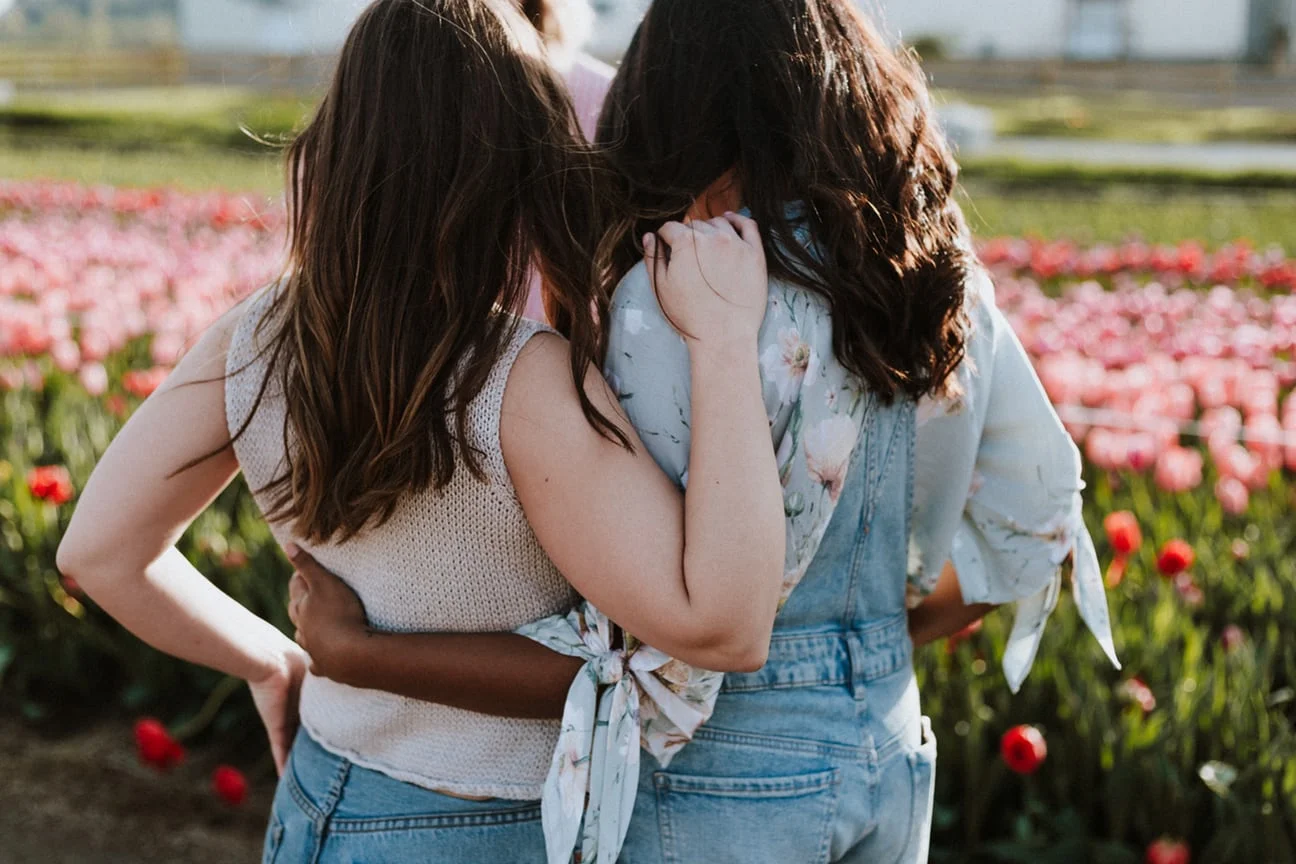
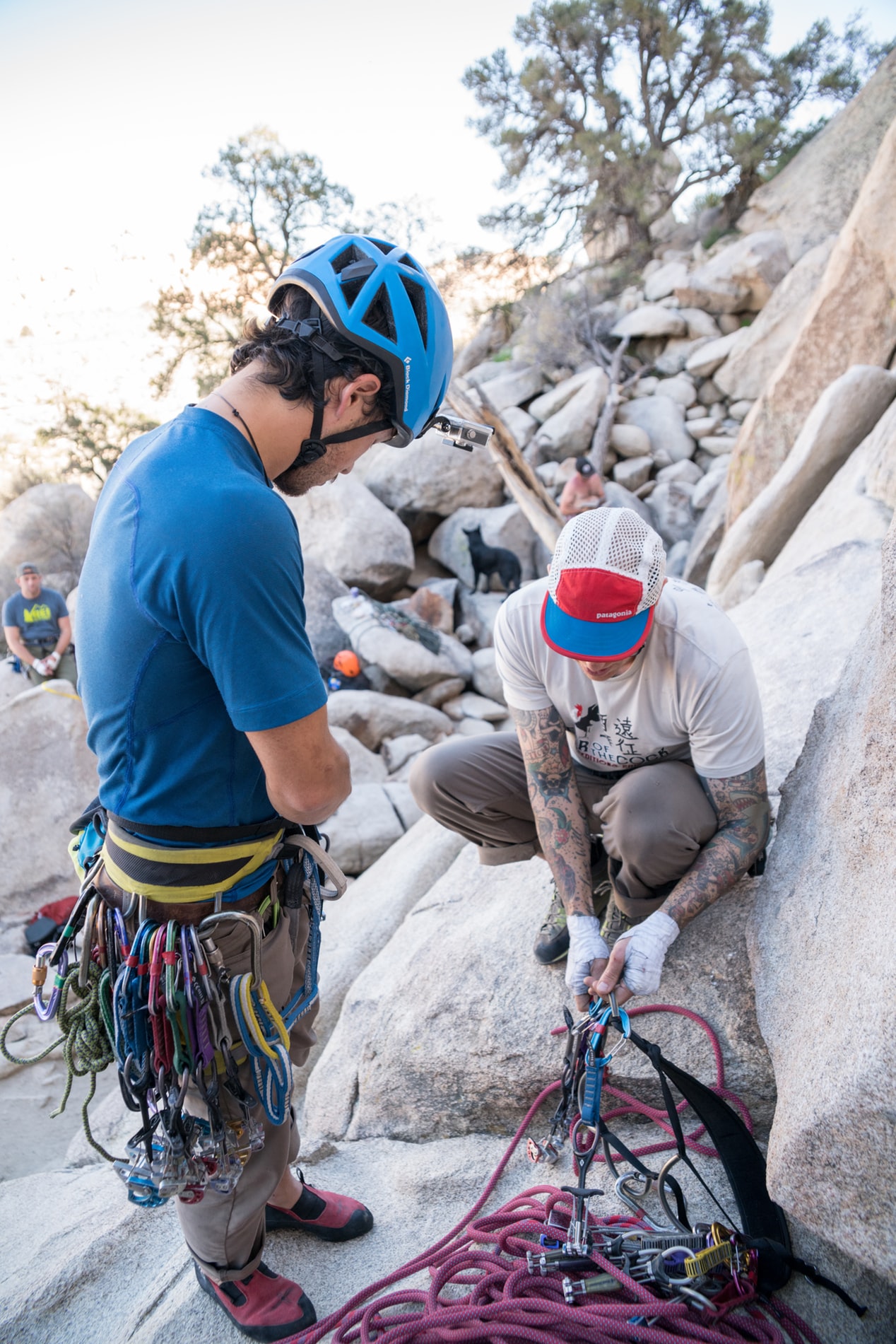
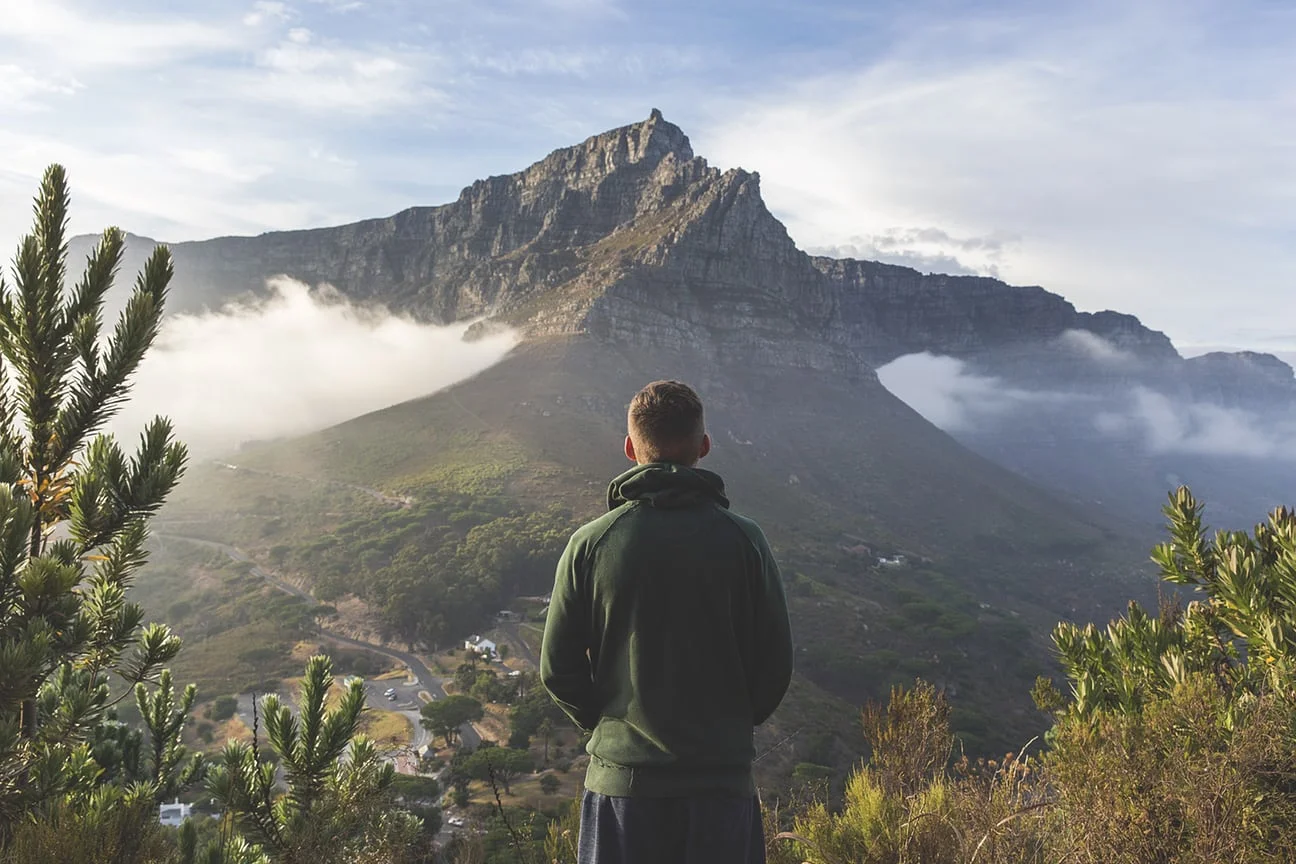












White American families responded to the desegregation of public pools and urban amusement parks in the exact same way—by collecting their children and going home, for good. White flight wasn’t just a “personal choice”, it was economic warfare.